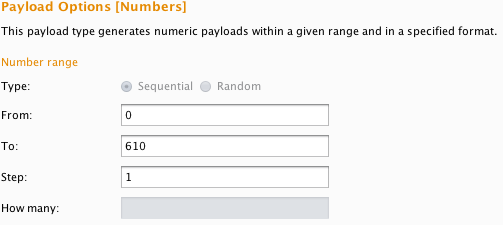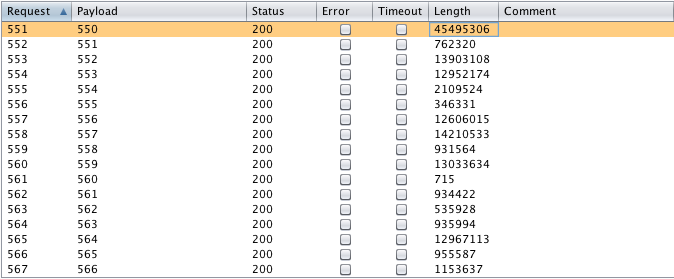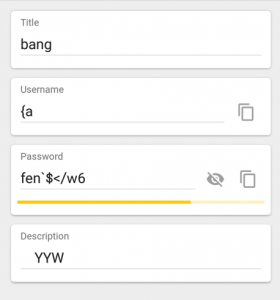7 Elements are proud to be the SME Cyber Defender of the Year 2016. The award recognised our achievements for the delivery of incident response services. Contact our team if you would like to find out more about how 7 Elements can work with you to avoid unnecessary incidents and when required effectively respond and recover.










